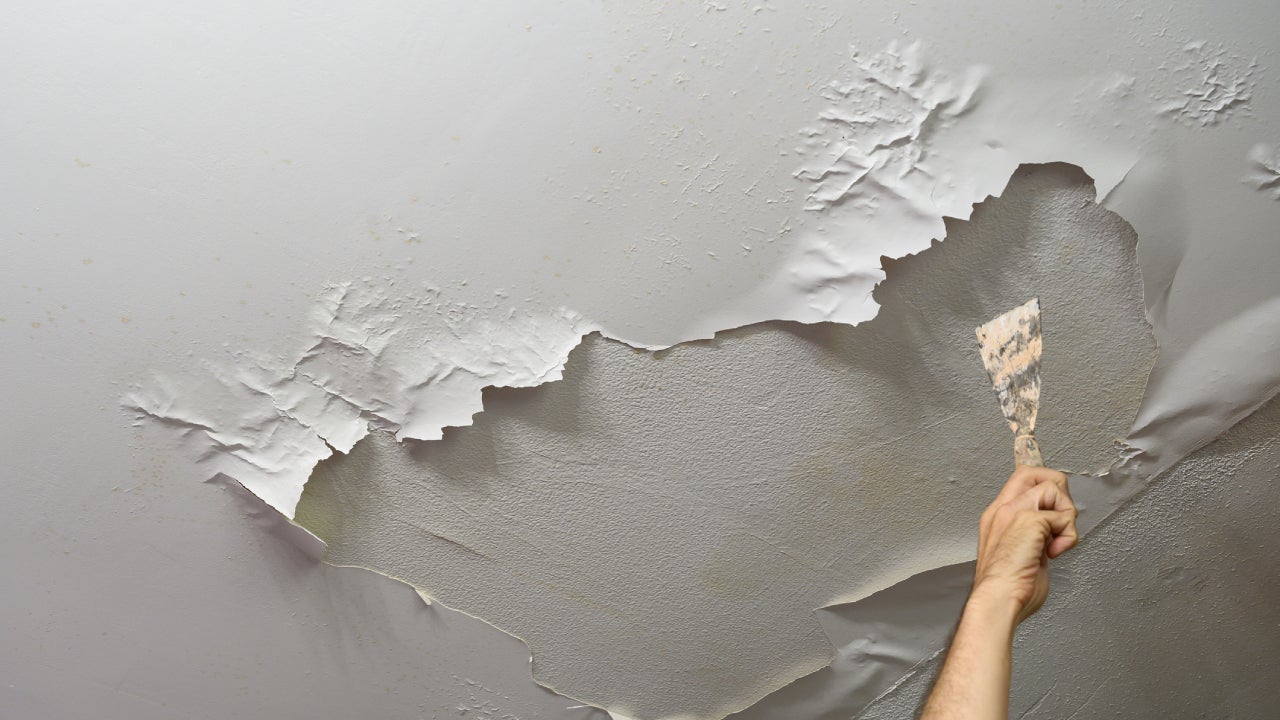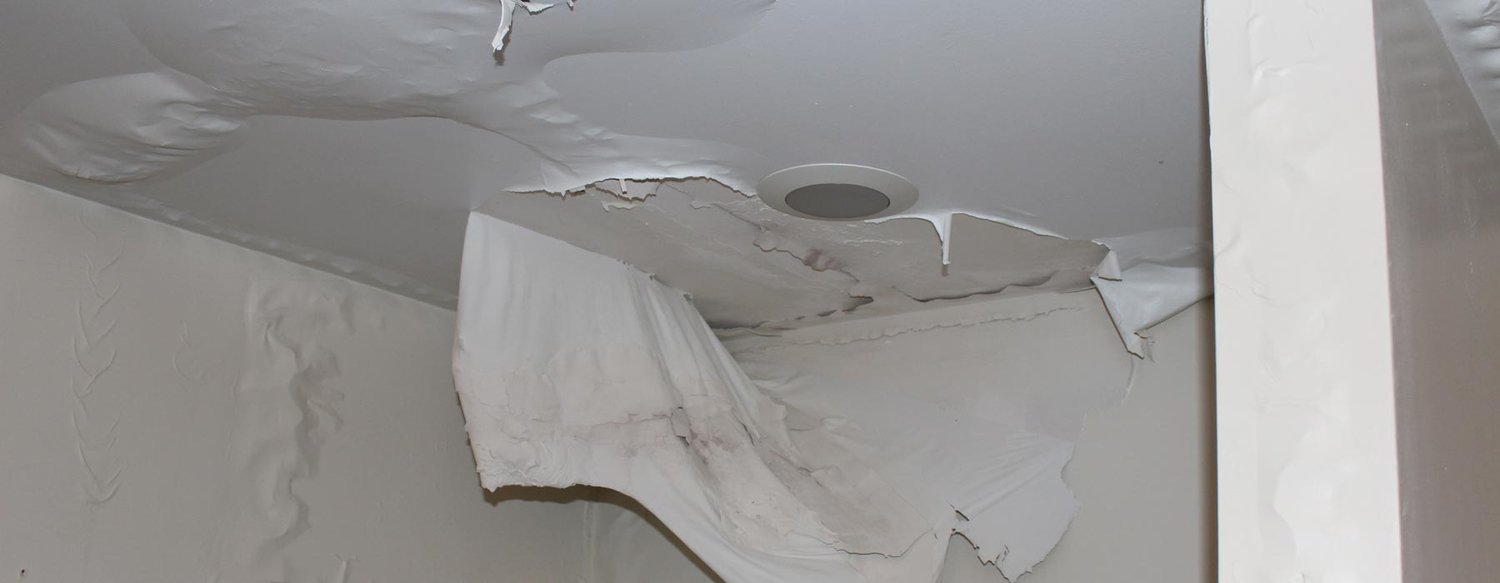6 Water Damage Remediation Do's as well as Don'ts.
6 Water Damage Remediation Do's as well as Don'ts.
Blog Article
What're your thoughts concerning Safety Tips To Prevent Fire And Water Damage?

Water provides life, water invasion on components where it's not intended to be can result in damages. If the water soaks right into your structure, it can peel away surfaces as well as wear down the structure. Mold and mildew likewise prosper in a moist setting, which can be unsafe for your wellness. Residences with water damages scent moldy and old.
Water can come from numerous sources such as hurricanes, floods, burst pipelines, leakages, as well as drain issues. In case you experience water damage, it would be excellent to recognize some safety and security preventative measures. Right here are a few guidelines on just how to manage water damage.
Do Prioritize Home Insurance Coverage
Water damages from flooding dues to heavy winds is seasonal. Nonetheless, you can additionally experience an unexpected flood when a faulty pipeline unexpectedly ruptures into your house. It would certainly be best to have house insurance that covers both disasters such as natural calamities, as well as emergencies like busted plumbing.
Don't Forget to Switch Off Utilities
In case of a catastrophe, especially if you stay in a flood-prone area, it would certainly be recommended to turn off the primary electrical circuit. This cuts off power to your entire home, preventing electric shocks when water comes in as it is a conductor. Do not forget to transform off the main water line valve. Furnishings will certainly relocate about and cause damage when floodwaters are high. Having the main valve turned off stops more damages.
Do Remain Proactive and Heed Weather Condition Alerts
Pay attention to evacuation warnings if you live near a creek, lake, or river . Doing so lowers prospective building damages.
Do Not Ignore the Roof
You can stay clear of rain damages if there are no openings and leakages in your roofing. This will protect against water from streaming down your walls and also soaking your ceiling.
Do Pay Attention to Little Leaks
A ruptured pipe does not occur over night. Normally, there are red flags that show you have damaged pipes in your home. For example, you may observe bubbling paint, peeling wallpaper, water touches, water spots, or trickling noises behind the wall surfaces. Ultimately, this pipeline will rupture. Preferably, you ought to not await things to intensify. Have your plumbing fixed before it leads to huge damages.
Do Not Panic in Case of a Burst Pipe
Maintaining your clearheadedness is important in a time of dilemma. Due to the fact that it will certainly stifle you from acting quick, stressing will just compound the problem. Timing is key when it comes to water damage. The longer you wait, the more damages you can anticipate. Hence, if a pipe bursts in your home, right away shut down your major water shutoff to cut off the source. Unplug all electrical outlets in the area or transform off the circuit breaker for that component of the home. Call a reputable water damage restoration specialist for support.
Water provides life, water invasion on parts where it's not expected to be can result in damage. Residences with water damages smell old as well as mildewy.
Water damage from flooding charges to hefty winds is seasonal. You may discover bubbling paint, peeling wallpaper, water touches, water spots, or leaking sounds behind the walls. When it comes to water damages, timing is crucial.
Some Do's & Don't When Dealing with a Water Damage
DO:
Make sure the water source has been eliminated. Contact a plumber if needed. Turn off circuit breakers supplying electricity to wet areas and unplug any electronics that are on wet carpet or surfaces Remove small furniture items Remove as much excess water as possible by mopping or blotting; Use WHITE towels to blot wet carpeting Wipe water from wooden furniture after removing anything on it Remove and prop up wet upholstery cushions for even drying (check for any bleeding) Pin up curtains or furniture skirts if needed Place aluminum foil, saucers or wood blocks between furniture legs and wet carpet Turn on air conditioning for maximum drying in winter and open windows in the summer Open any drawers and cabinets affected for complete drying but do not force them open Remove any valuable art objects or paintings to a safe, dry place Open any suitcases or luggage that may have been affected to dry, preferably in sunlight Hang any fur or leather goods to dry at room temperature Punch small holes in sagging ceilings to relieve trapped water (don't forget to place pans beneath!); however, if the ceiling is sagging extremely low, stay out of the room and we'll take care of it DO NOT:
Leave wet fabrics in place; dry them as soon as possible Leave books, magazines or any other colored items on wet carpets or floor Use your household vacuum to remove water Use TV's or other electronics/appliances while standing on wet carpets or floors; especially not on wet concrete floors Turn on ceiling fixtures if the ceiling is wet Turn your heat up, unless instructed otherwise

I was made aware of that write-up on Safety Tips To Prevent Fire And Water Damage through a good friend on a different domain. Sharing is caring. Helping others is fun. Thanks a lot for your time invested reading it.
Report this page